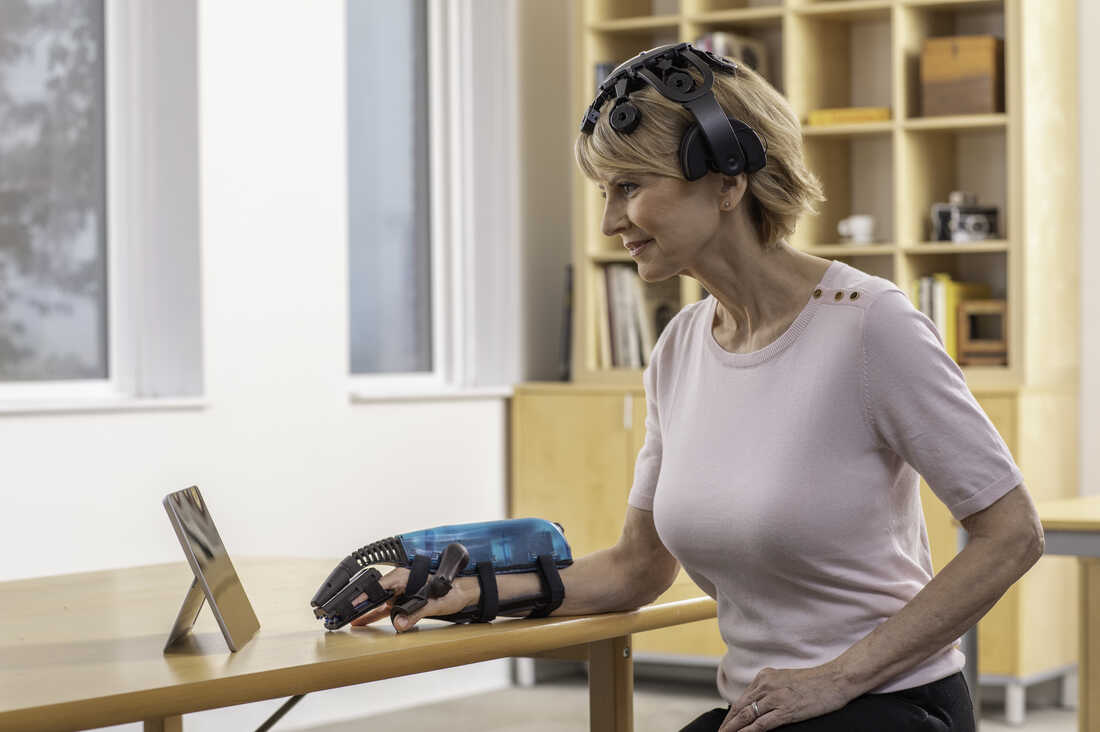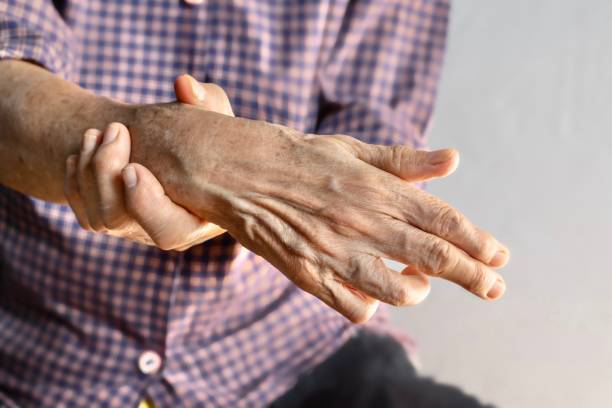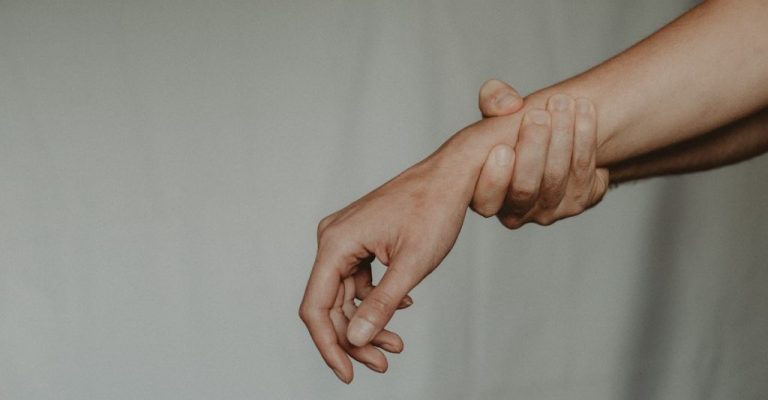The journey to recovery after a stroke is gradual and continuous. It is very normal for a person to view it as full of physical, emotional, and economic hitches. That said, with the current development in therapeutic maneuvers to restore function in hands, there are numerous ways that one can move through this journey without undue cost and too much pain.
Recovery from the effects of a stroke has to be taken step by step, solving one problem at a time. Each small improvement leads to the next; it creates a snowballing effect. Small repetitive movements are much easier to cope with during the early post-stroke months, in which balance and strength are still being regained and the brain’s ability to rearrange itself, or neuroplasticity, is at its optimum.
Simple elementary hand exercises are recommended to bring hope and give direction right from the start. Whether a little skill is returning to one’s hands or just at the beginning of the journey, hand rehabilitation exercises are recommended as they fortify the strength and motor skills that will have been mostly weakened during a stroke.
Essentials of Hand Therapy After Stroke
The slow process of regaining the functionality of the hands after a stroke is typical. The hands and feet are the farthest points of your body from the middle part. They are also farthest from the brain and the spinal cord.
This means that the nerve signals must travel a longer distance to deliver their message. This means the messaging system is often broken, sometimes totally cut, making the hands lose functionality after a stroke.
In addition, hand muscles are innately small and fatigue relatively quickly; this fatigue reduces muscle use after stroke, which may also cause muscle atrophy—a condition of small and weak muscles. This directly affects the function of the hand and leads to great difficulty in activities requiring fine motor control.
In 80% of stroke survivors, there may be disability in the arm and hand. It can badly affect his/her daily activities, such as dressing up, taking a bath, preparing meals, and so on.
Despite the relatively slow and potentially disheartening improvement that comes with hand recovery after a stroke, an opportunity for improvement will always persist with constant rehabilitation. To maximize this improvement in the return of functionality, we need to look at some underlying basics of the hand recovery process:

Basics of Hand Rehabilitation After a Stroke
As your hands are the most distant from the brain and spinal cord, the nerve signals have a long way to go for communication. General communication is generally slowed down, or even stopped, after a stroke, and this thus reduces hand function. Regaining full function of your hands after a stroke can be a very slow process.
The hand muscles are quite small and, therefore, tire very easily. Diminished muscle activity and less use of the hand after a stroke may lead to muscle wasting or shrinking and losing power. This results in an impaired hand, with the person severely handicapped in any fine motor task performance.
Weakness of the arm and hand is suffered by nearly 80% of stroke survivors, such that regular activities like dressing, bathing, and making food are greatly inconvenienced. Although this process of reattaining hand functions post-stroke may be very slow and even at times painful, there is always a glimmer of hope that regular rehabilitation practices will lead to improved functions.

Effect of Stroke on Hand and Finger Movements
The following are some of the common things that may elicit a response in a person after a stroke has occurred :
Muscle Rigidity
A stroke is said to put the connection between the brain and the muscles of the hand in disorder, with feelings of rigidity or tightness of the muscles, which is a state medically described as spasticity. This impaired neural connection will make actions like straightening one’s fingers or gripping objects more difficult.
However, rehabilitation frequently starts when the fingers can extend completely without assistance. Participation in daily, basic rehabilitation exercises will restore these missing communications between the brain and muscles, remodeling the pathways and keeping spasmodic, uncontrolled movements at bay. A course of treatments may be recommended to restore, stretch, and condition the hand muscles.
Hand Strength
Stroke can even affect the grip, strength, and performance of the hands, making lifting, gripping, or dropping objects terribly difficult. This disability interferes with activities of daily life and may eventually render people incapable of executing any useful task on their own.
Other associated problems may include paresthesias—resulting in numbness—and occasional edema. In most cases, the level of pain and sensor loss due to the stroke depends on the part of the brain where the neurologic damage occurred: the dominant or non-dominant side of the brain.
Rehabilitation of Spastic Hand Following Stroke
Here are some important components of hand rehabilitation to help promote function and healing:
Repetitive Exercises
Your brain can learn new skills once again through neuroplasticity, even after a neurological disease like a stroke. In layman’s language, it is your brain’s natural ability to reorganize pathways and connections.
This allows other parts of the brain to adapt and take over functions that might have been lost. Rehabilitation exercises, specifically their high frequency, incite this mechanism.
Overloading a certain movement or task in practice optimizes motor relearning, so it should maximize neuroplasticity. The more committed you are to your rehabilitation exercises, the more proficiently your brain shapes its structure and the more movements you recover.
Consequently, if you want to regain control over your hand after a stroke, you will have to make an effort to practice using it as much as possible. By doing so, your brain is coaxed into actually helping you master the movement of your hand.
Functional Electrical Stimulation
Electrical stimulation is a treatment that involves electrical currents through electrodes on your skin to further stimulate your nerves and muscles. It enhances your brain’s stimulation, which can help promote neuroplasticity—the capability to form and reorganize synaptic connections, especially after injury or disease, to enhance the creation of new motor pathways.
One of the most popular interventions in treating hemiparesis following a stroke is electrical stimulation, which has applied areas as varied as the hand, wrist, and arm to enhance muscle activation and stimulation.
Sufficient evidence supports the application of electrical stimulation in hand rehabilitation after a stroke. However, you must talk to your doctor or therapist before you start treatment to see if electric stimulation is indeed the best option for your condition.
Note that the best benefit usually derives from a combination of electrical stimulation and rehabilitation exercises. This type of electrical stimulation is also called functional electrical stimulation (FES).
It is focused on your muscles to help you contract better while you are exercising or completing a sequence of activities. It helps increase muscle activation and neuroplasticity processes, which, in turn, helps rehabilitate fine motor skills and any lost functions.
Hand Rehab Exercise
Rehabilitation exercise could be the most important part of recovering fine motor skills after a stroke. Practicing purposeful hand movements to recover from any loss of function is of the utmost importance. Thus, it is incumbent on an individual to start these exercises as early as humanly possible.
Carrying out hand therapy exercises can greatly improve your fine motor skills and coordination. For the best effect, aim to complete those activities and exercises recommended by your physical or occupational therapist. You can also use our specially developed exercises for stroke patients for hand therapy.
Overall, hand rehabilitation exercise after a stroke is designed to help the brain and body learn how to work together in functional movement rather than the traditional strengthening of muscle groups. This then enables the relearning of motor responses and improved task performance.
Therapeutic Visualization
Therapeutic imagery or mental practice is creating a mental image of an action or task one wants to perform. This adjunct approach greatly helps recover motor functioning, and, more particularly, it benefits stroke survivors with limited hand function. Including this before and after regular exercise can greatly help speed recovery.
Astonishingly, even if a stroke has caused partial or even complete loss of hand function, therapeutic visualization can still be used to great advantage. It may enable your brain to train and establish connections to execute a particular movement.
Therapeutic visualization activates, therefore, neuroplasticity and physical training. It has been proved by science that the approach enhances the efficiency of rehabilitation and is widely used by professional athletes to visualize skills and success before competitions.
Bottomline
A significant amount of those who’ve had a stroke encounter difficulty with their hands, which can significantly impede routine actions and activities. Although the process of hand restoration post-stroke might be tedious or provoke frustration, there is a beacon of hope through an all-inclusive recovery plan that emphasizes neuroplasticity.

